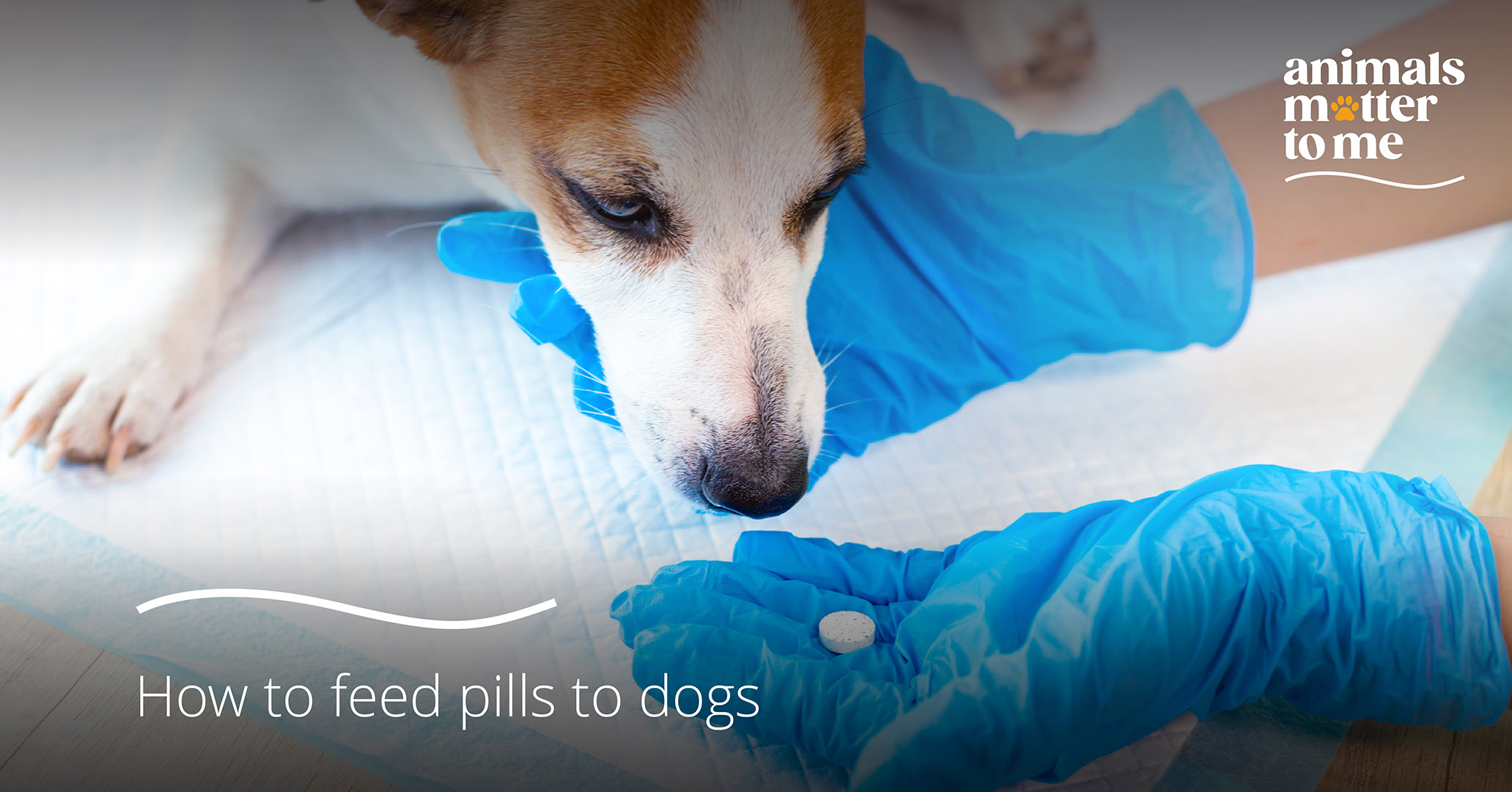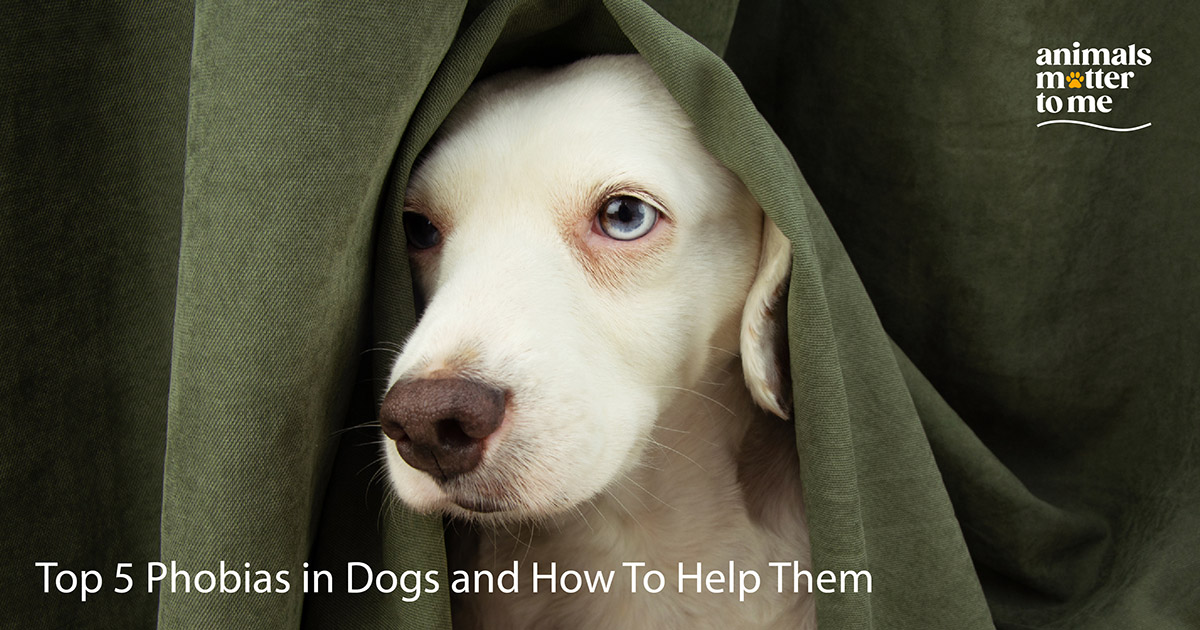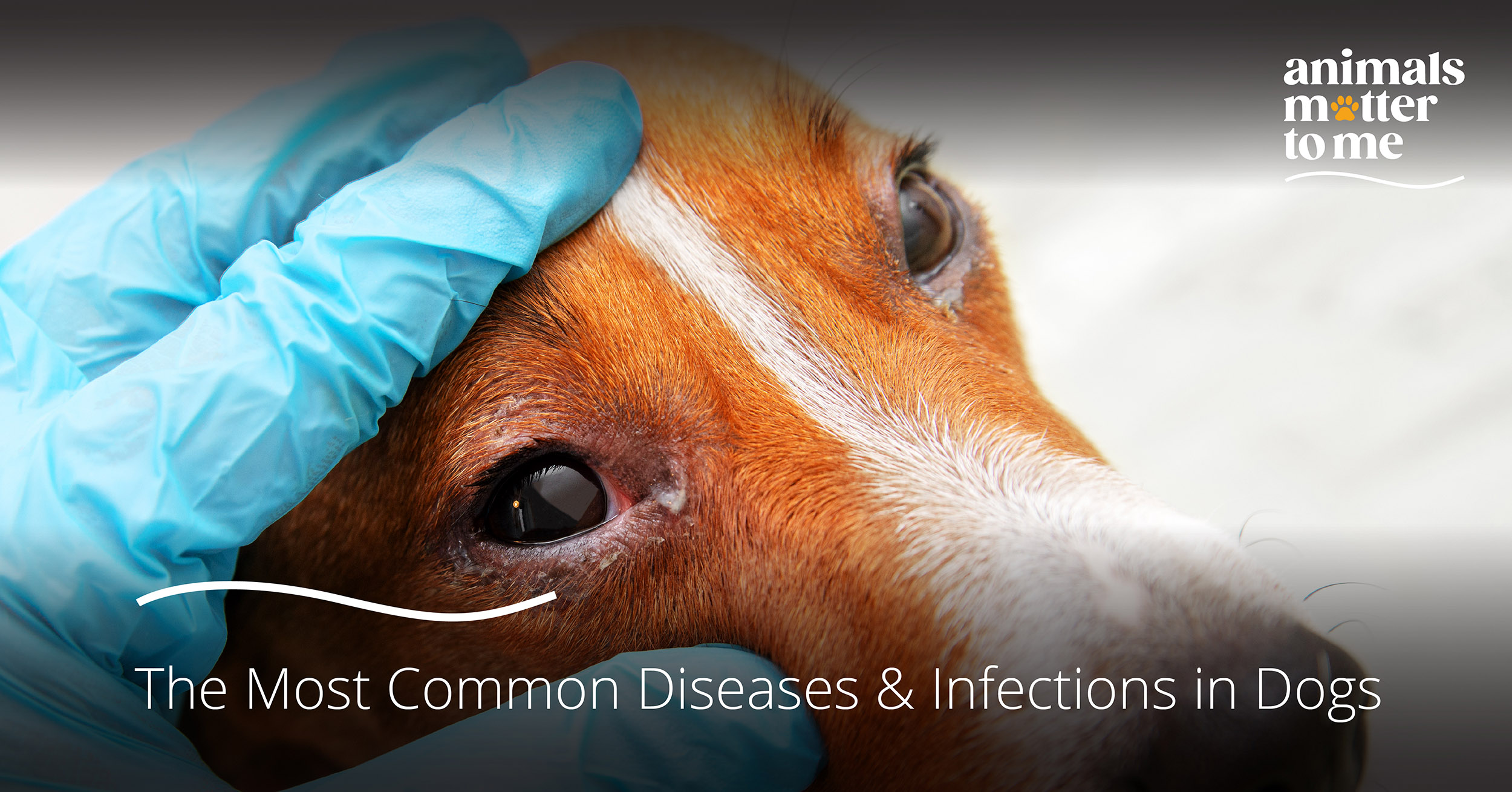Giving medication to dogs can be challenging but with a few helpful tips, you can make the process more pleasant for both you and your furry friend.
- Pill pockets
Pill pockets are soft dog treats with a notch cut out to hide your pet’s medicine in. If your dog can take medication with food, try using a pill pocket or wrapping the pill in soft food like cheese. This makes it easier to slip the pill into your dog’s system. Keep in mind that this works best for dogs that quickly gobble treats without chewing. If your dog tends to chew soft treats, they might discover the medicine making it harder to administer next time. If your dog has food sensitivities or allergies, consult your veterinarian before using pill pockets. - Compounded medications
Some medications come in flavored compounded or chewable “treat” tablet forms, which can be more appealing to dogs who struggle with swallowing pills. However, these options may be more expensive, and certain medications may not be suitable for compounding due to potential effectiveness issues. Not all pharmacies compound medications, so ask your veterinarian for recommendations. - Pill device
Administering pills to your dog can be risky as it may result in accidental bites if your fingers go near their teeth. Pill devices offer a safer alternative by allowing you to place the medication in your dog’s mouth without exposing your fingers to danger. To ensure success, place the pill behind the hump on your dog’s tongue, close their jaws, and gently stroke their throat in a downward motion to encourage swallowing. - Ask for assistance
Trying to restrain your dog while giving them medication can be challenging. If possible, ask a friend or family member to hold your dog for you, allowing you to focus entirely on the task at hand. - Reward your dog
Making the process less stressful is crucial. After administering each pill, reward your dog with a small treat. Stay calm and composed no matter how frustrated you may feel. - Ask your veterinarian for a demonstration
When in doubt, don’t hesitate to ask your vet for a demonstration of the proper technique. They can provide invaluable guidance and ensure you’re administering the medication correctly.
Remember, the health and well-being of your dog is paramount. Always follow your veterinarian’s instructions and seek their advice if you have any concerns or questions




